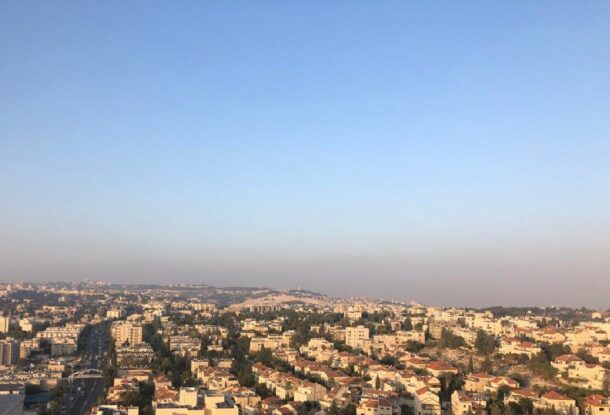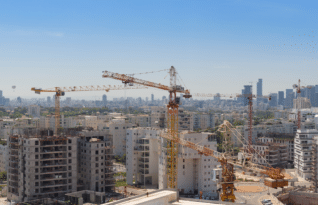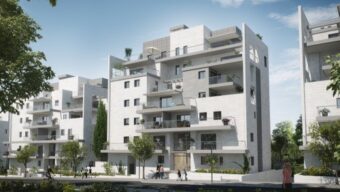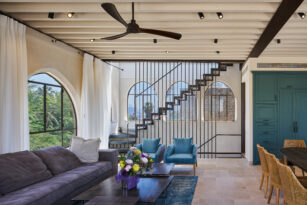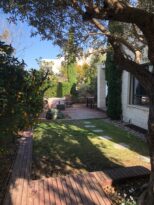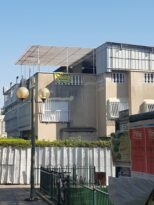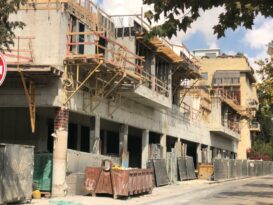Which Jerusalem neighborhood is the most expensive, which is the cheapest, and what is the level of demand in each neighborhood? A special following Yom Yerushalayim, provides answers to these questions, some of which are certainly surprising. The bottom line is that with the advent of urban renewal, some of the city’s more neglected neighborhoods are becoming more popular among those looking to purchase an apartment in Jerusalem.
Which neighborhood is the most expensive in Jerusalem, and which is the cheapest? And what is the level of demand for each of the neighborhoods? A special review celebrating 56 years of Israel’s re-gain of control over Jerusalem in 1967, based on data from the Yad2 website, provides answers to these questions, some of which are certainly surprising.
In order to create a broad basis for comparison, a study was carried out on regular 4-4.5 room apartments or garden apartments in shared buildings only. In other words, neighborhoods characterized by private homes, such as the picturesque neighborhood of Ein Kerem in the western part of the city, are not included in the study. The figures appearing in the article are based on browser views and deals signed in April 23.
As of April, the average price of a 4-room apartment in the city of Jerusalem currently stands at NIS 3 million, with considerable variance between neighborhoods reaching 46% in relation to the average in the most expensive areas, and in contrast to 21% in relation to the low-cost neighborhoods. An examination of prices in the various neighborhoods reveals that there is a close connection between the price and location in areas annexed to the city after 1967, with almost all of the lower-than-average priced neighborhoods located in these areas.
Most expensive Kiryat HaLeum, Neve Yaakov cheapest
The most expensive neighborhood in the city is Kiryat HaLeum – the neighborhood of luxury buildings that have been built over the past decade near a complex that incorporates government institutions – the Knesset, the Supreme Court, and the government complex. Transactions involving the purchase of a four-room apartment reflect an average price of NIS 4.39 million. In second place is the Beit HaKerem neighborhood, one of the few neighborhoods in the city where there is still a solid secular majority. In this neighborhood, the average cost of a 4-room apartment is NIS 4.06 million. The Old Katamon neighborhood, considered the stronghold of the national-religious elite, ranks third with an average price of NIS 3.93 million. The ultra-Orthodox Kiryat Shmuel neighborhood is fourth with an average apartment price of NIS 3.82 million and Rechavia, surprisingly, ranks only fifth with an average price of NIS 3.75 million for a 4-room apartment.
The cheaper neighborhoods in the city are located, as mentioned, mainly in parts located beyond the Green Line. The lowest average price for a 4-room apartment, NIS 2.36 million, was recorded in the Neve Yaakov neighborhood in the northern periphery of the city. Pisgat Ze’ev, located to its south, ranks next with an average price of NIS 2.44 million. The Gilo neighborhood, located in the south of the city, is the third cheapest in the city, with an average price of NIS 2.53 million per apartment. Armon Hanatziv (East Talpiot) is fourth with an average price of NIS 2.62 million, and the Kiryat Menachem neighborhood, this time in the western part of the city, ranks fifth with an average of NIS 2.68 million per apartment. In the Har Homa neighborhood, located in the southeast of the city, the price is significantly lower than the average and stands at NIS 2.72 million.
Highest demand for Kiryat HaYovel and Pisgat Ze’ev
Another index surveyed, which indicates the level of demand in each neighborhood, is the average number of views received by ads for the sale of an apartment that appeared on the Yad2 website during the month of April. At the top of this list are actually the city’s cheaper neighborhoods, apparently due to their relatively high price level.
Kiryat HaYovel in the western part of the city, where the average price of an apartment was NIS 2.81 million, a figure about 6% lower than the average, is the neighborhood where listings received the most views – 4,045 in total. This is immediately followed by Pisgat Ze’ev, the second cheapest neighborhood, with 4,016 views per ad. They are followed by Ramot (3,892), Gilo (3,707), and Har Homa (3,031).
According to Dudi Dvir, director of sales at Carasso Real Estate, which develops projects in Jerusalem, “The real estate market in Jerusalem is not a single entity, and like in large metropolitan cities around the world, there is great variation between older, central and well-established neighborhoods such as Rehavia, Talbieh and Ein Kerem, and neighborhoods such as Talpiot, Kiryat HaYovel and Kiryat Menachem, even though they too are located in the heart of the city.” The latter, he says, were perceived for years as unattractive for living, but “thanks to massive renewal planned in those neighborhoods, they are beginning to see demand, both from the city’s residents and from those who wish to return. Kiryat HaYovel is an excellent example of a neighborhood that has experienced a boom in demand over the past two years, thanks to a large-scale move by developers Carasso and Kidmat HaYovel, including the redevelopment (punui-binui) of five complexes.”
Everybody wants a Buyitinisrael, now more than ever before. Whether you’re thinking about Aliyah, looking for a home or a haven, or want to support the Israeli economy, drop us a line, when you’re ready to talk. Whatever the reason, Buyitinisrael.
